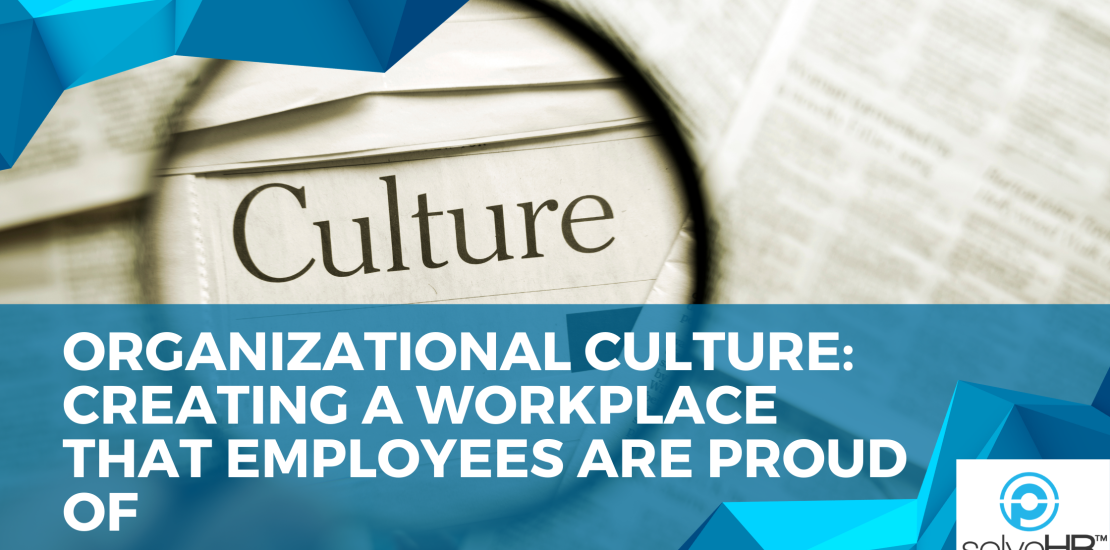- 05/11/2022
- Posted by: Matt Muriel
- Categories: Culture & Retention, Recruitment & Selection, Small and Mid-Sized Business

About 4.5 million workers quit their jobs in March in continuing movement that people are beginning to call “The Great Resignation.” The last 3 years of the pandemic have put into perspective for employees what they want out of a workplace, and they’ve begun to leave their places of employment in a move that has created a tight labor market for employers.
This has caused employers to begin to make improvements across the board to become more attractive to potential employees in the market. We haven’t seen a labor market this hot in many years, so employers are throwing everything and the kitchen sink at this problem to try and retain and attract new employees to take advantage of the current post-pandemic economic recovery boom.
We’ve talked about different ways to attract and retain employees in the past, from creating a strong recruitment strategy to improving employee benefits to match what the labor market is demanding, but what if it goes beyond that? What if you’ve already addressed those issues and you are still suffering from a high turnover rate?
The problem might be as simple as that your business is suffering from poor organizational culture. The term “culture” gets thrown around the business world a lot, and It may seem a bit nebulous and hard to understand, but that’s why we want to explore what it is and how you can improve it for your employees!
Organizational Culture
So, what is organizational culture and how do you go about creating it? Organizational culture can be referred to as the glue that keeps your business together. It’s like a silent set of rules on how things get done in your organization. When a new employee is learning to work within your organization, you could say that they are learning how to operate within its culture.
In more concrete terms, organizational culture is the collection of values, expectations, and practices that guide and inform the actions of your employees. A great culture within an organization can exemplify all of the positive traits of your employees, but conversely, a bad culture within an organization can exemplify all of their negative traits of them as well.
Culture is something that always exists within a company, as it’s quite hard to operate without a set of guidelines that establish what your organization believes in. The challenge for you is to learn what your company’s culture currently is and how it affects your employees daily. If your organization’s culture is a dysfunctional one, then it is up to you to rectify the things that make it dysfunctional.
Understanding Your Organizational Culture
To get an accurate assessment of your organization’s culture you can begin to look at your group in a few ways:
Try Becoming an Impartial Observer of Your Culture in Action
This is a great tip because the best way to get a grasp on how potential employees perceive your culture is by putting yourself outside of the business and looking in. Ask yourself questions such as:
- How are people interacting with each other?
- How does senior leadership interact with middle management, and how does middle management interact with employees?
- How are conflicts resolved?
Watch for Emotions
Watching how emotions are conveyed in your workplace is a good indicator of values. People don’t get excited or upset about things they don’t care about. So keep an eye out around the workplace to see what emotions are occurring around the office. Are people feeling:
- Engaged
- Excited
- Happy
- Friendly
- Withdrawn
Keep an Eye out for What is Missing
Often the things that employees want are the things that aren’t there. What are employees neglecting to convey in company meetings that you think should be talked about? Is there a reason why they’re neglecting to tell you this information?
How to Develop Your Organizational Culture
Developing something as intangible as “organizational culture” can seem hard, but through a little bit of effort, you can create a workplace that people can be proud to work in. Some easy key steps that you can take can be:
- Recognize Performance
- If your team doesn’t feel like they are getting the recognition that they deserve, then it could cause them to feel detached from their work. Recognizing the contributions of all your team members will have incredible positive effects on your organization’s culture, as well as having a positive effect on employee performance and morale.
- Enable Your Employees’ Voices
- Sometimes your employees don’t feel heard in the workplace. It is up to you as their employer to make sure that every employee feels heard and understood. Creating a culture that values feedback and encourages employee voice is essential to a good organizational culture.
- Live by Your Companies Values
- If you don’t have a set of company values for your business, then you need to set some up immediately. Your company values should be the foundation of its culture. Living by these values means that your organization believes in something greater than itself, and your employees will recognize when your organization puts its values into practice every day. It also creates a great point to recognize employees who exemplify these values in the workplace and reward them for their efforts towards the organization.
Need help keeping your employees engaged and satisfied? SolveHR offers specialized strategic human resource strategies that are designed to assess your existing organizational structure by the implementation of employee feedback surveys. Contact us to find out how our services can increase the cohesion of your team, so you can focus on what’s important—growing your business!

